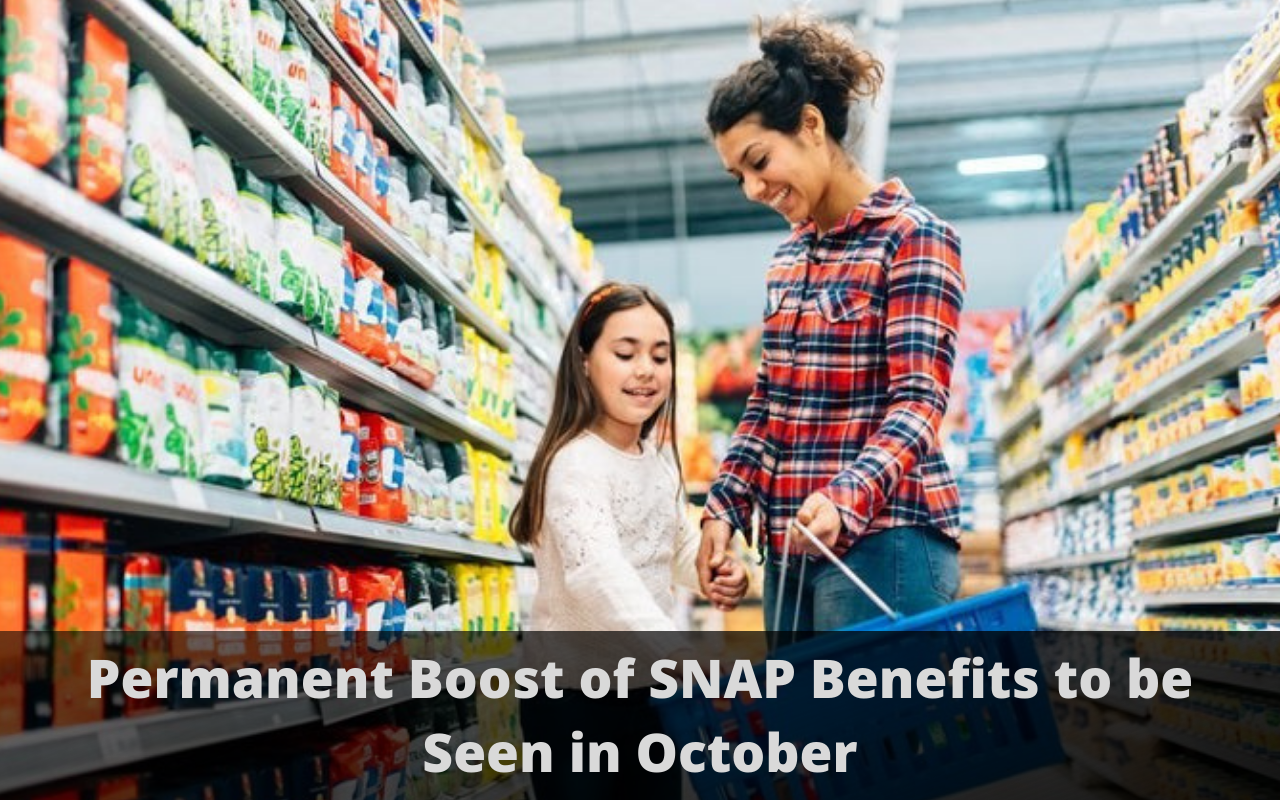Starting October, the Supplemental Nutrition Assistance Program (SNAP) will gain an increase in benefits by 25%. SNAP is a federal program that helps individuals and families supplement food costs.
This is a good highlight that Americans can look forward to in the next month especially during the height of the COVID-19 pandemic.
What to Expect?
The USDA has just re-evaluated its Thrifty Food Plan. The plan is used to calculate SNAP benefit amounts. The department examined available data on four key factors:
- What Americans usually eat
- Current food prices
- Dietary guidance
- The nutrients found in food items
The USDA found that the cost of a nutritious, cost-effective diet is 21% higher than the current plan.
With this, it can be inferred that many families may have been forced to buy cheaper foods to make ends meet.
Starting October 2021, an increase in benefits will be made available to more than 42 million SNAP recipients.
Even though benefits differ by state, recipients are expected to acquire average benefits increase by about $36 per person, per month, or $1.20 per day.
For average recipients, this means that the monthly per-person benefits will be about $157 compared to the previous amount of $121.
While this may not be much to most, this will be beneficial to low-income families. A Marketplace interview by Kimberly Adams with Sharon Parrott, president of the Center for Budget and Policy Priorities discusses what the expanded benefits mean for low-income communities. Here is an edited transcript of the interview:
Sharon Parrott: What happened in 2018 is that Congress actually directed on a bipartisan basis, as part of bipartisan legislation, directed the Department of Agriculture to reevaluate the Thrifty Food Plan, which is the basis for the SNAP benefit. And so researchers and nutritionists looked at, well, what does it cost in the United States to feed a family a healthy diet? And their conclusion is that it costs more than we had previously assumed. And so this benefit increase will make it easier for many households to afford to put healthy food on the table.
Kimberly Adams: In response to the Biden administration’s latest increase to these benefits, congressional Republicans want to review the USDA process in all of this. Specifically, they want the Government Accountability Office to see if there really is a connection between an increase in SNAP benefits like the one that’s going to happen and the consumption of healthier foods. What are they going to find?
Parrott: So there’s a couple [of] things to say. First is it’s really important to understand that [the] USDA undertook this reevaluation at the direction of Congress in 2018, under a Republican president and with a Republican Congress.
Congress passed the farm bill and directed USDA to reevaluate the Thrifty Food Plan based on consumption information about what people actually buy, as well as dietary guidance, as well as food prices.
We know that when people have more adequate amounts of money, they are better able to buy a healthy diet.
We also know that people in the United States of all income levels often fall short of those dietary guidelines.
And so we need to have adequate SNAP benefits so people can afford a healthy diet. And all of us, not just low-income people, but all of us need to do a better job of making healthy choices.
Adams: And I imagine all of this harms certain low-income groups much more than others.
Parrott: That’s right. We know that food insecurity has really big impacts, negative impacts on children. We know that when kids don’t get enough to eat, they don’t do as well in school.
More broadly, we know that both poverty and food insecurity — the inability to have enough money to buy the food that a household needs — is higher among Black and Latino households. They have lower earnings, they face employment discrimination, they have less access to quality education.
And all of that means that their, their poverty rates are higher and their food insecurity rates are higher. That means that if SNAP is doing an inadequate job of helping people afford a healthy diet, it is impacting communities of color more than white people.
Adams: During the pandemic, there was an increase in SNAP benefits, you know, because of the emergency — that was about $28. We have the Biden administration’s recent increase, as well.
Are we on a path to a more sustainable SNAP benefit for low-income families?
Parrott: Well, this is a real step in the right direction. USDA has reevaluated in a really careful way the cost of a healthy diet.
Starting Oct. 1, that will be the basis of SNAP benefits going forward, on an ongoing and permanent basis, unlike some of the emergency provisions we’ve put in place to raise nutrition assistance, just during the pandemic and this economic crisis.
Those are temporary and will end when the crisis ends. And some of those increases actually will end at the end of September.

